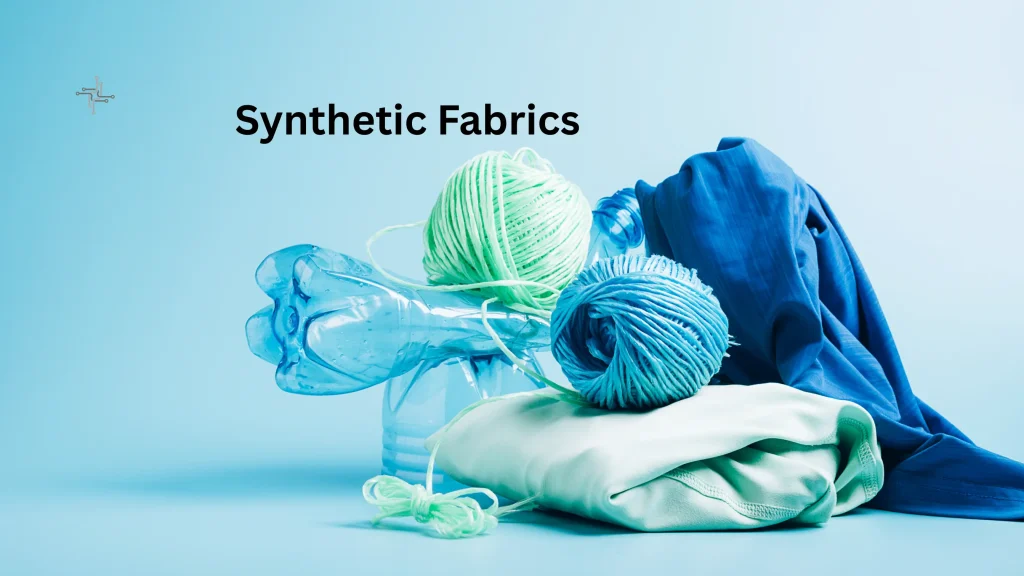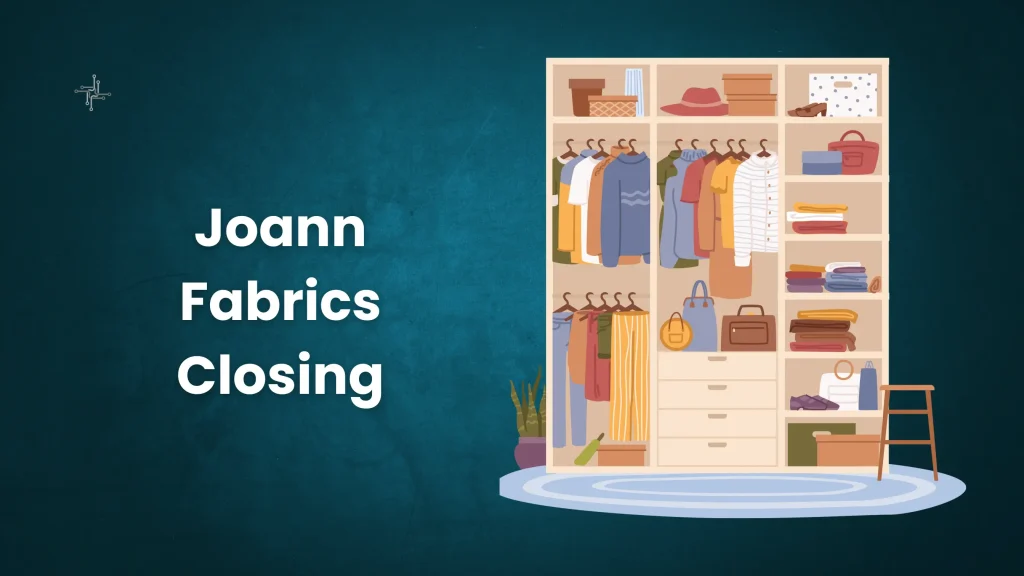Synthetic fabrics are used all around us. They are in our clothes, furniture, bags, and even shoes. These fabrics are strong and last a long time. They are cheaper than many natural fabrics. That’s why they are used in daily life, sportswear, and industrial work. Many people like them because they are easy to clean and dry fast.
Synthetic fabrics are important because they offer many choices. They can be soft, stretchy, shiny, or waterproof. Factories can make them in large amounts quickly. This helps meet the demand for low-cost clothes and products. However, they also affect the environment, so it’s good to learn both the good and bad sides.
Common Types of Synthetic Fabrics
Polyester
Polyester is a strong and widely used synthetic fabric made from petroleum. It is durable, resistant to wrinkles, and holds its shape well. Many clothes, curtains, bedsheets, and even soft furnishings are made from it. Polyester also resists shrinking and is easy to wash and dry, making it a popular choice for busy households.
Nylon
Nylon was the first fully synthetic fabric, created in the 1930s. It is smooth, elastic, and stronger than many natural fibers. It’s often found in swimwear, sports clothes, raincoats, and even tents. Nylon is resistant to moisture and abrasion, which makes it great for both clothing and outdoor gear.
Acrylic
Acrylic is a soft, wool-like fabric that is often used in cold-weather clothes. It is made from chemicals like acrylonitrile and is known for being warm, light, and easy to dye. People use it in sweaters, scarves, gloves, and rugs. Though it’s affordable and dries fast, it can form lint balls over time.
Spandex (Lycra or Elastane)
Spandex is a stretchy fabric known for its flexibility and comfort. It can stretch up to five times its original size and return to shape easily. It is rarely used alone but is blended with other fabrics to add stretch. You can find it in activewear, leggings, swimwear, and tight-fitting clothes where comfort and movement are important.
How Synthetic Fabrics Are Made
Synthetic fabrics are made using chemicals, usually from petroleum or natural gas. These raw materials go through a process that turns them into polymers. Polymers are long chains of molecules that form the base of synthetic fibers. This is a man-made process, different from how natural fabrics like cotton or wool are made from plants or animals.
Once the polymers are ready, they are melted and forced through tiny holes in a machine called a spinneret. This process forms long, thin strands. These strands are cooled and stretched to make them stronger. These fibers are then collected and prepared for spinning.
The fibers are twisted into yarn. This yarn can be thick or thin depending on how it’s needed. The yarn is then either woven or knitted to make fabric. After that, the fabric may go through finishing touches like dyeing or adding shine, softness, or water resistance.
Characteristics of Synthetic Fabrics
- Durability and Strength: Synthetic fabrics are very strong and long-lasting. They do not tear, wear out, or stretch easily. Many of them resist shrinking and wrinkling, which helps clothes keep their shape even after many washes.
- Lightweight and Quick-Drying: These fabrics are light and dry faster than natural ones. That’s why they are used in sportswear, outdoor gear, and travel clothes. Some types can also resist water and stains, making them easier to maintain.
- Color and Texture: Synthetic fabrics can be dyed in bright colors that last long. They often have a smooth or shiny look, depending on how they are made. However, they don’t breathe well and may feel hot or sticky in warm weather.
- Cost and Environmental Impact: They are cheaper to produce than natural fabrics because they are made in factories from chemicals. But they are not biodegradable, so they can harm the environment if not disposed of or recycled properly.
Advantages of Using Synthetic Fabrics
1. Long-Lasting and Durable
Synthetic fabrics are very strong and can handle daily wear and tear. They do not tear, fade, or shrink easily. This makes them ideal for clothes, bags, and household items that are used often.
2. Easy to Care For
These fabrics are wrinkle-resistant and do not need much ironing. They are also quick to dry and can be washed easily at home. This makes them a good choice for busy people or travel clothes.
3. Affordable and Widely Available
Synthetic fabrics are usually cheaper than natural fabrics. Since they are made in factories using chemicals, they can be produced in large amounts. This lowers the cost and makes them easy to find in stores.
4. Special Features and Versatility
Some synthetic fabrics can be made water-resistant, stretchable, or even fireproof. This makes them useful for many purposes, like sportswear, raincoats, swimwear, and uniforms. They can also be blended with other materials for added comfort.
5. Holds Color Well
Synthetic fabrics absorb dye easily and keep bright colors for a long time. They don’t fade quickly, even after repeated washing. This makes them great for fashion items and printed designs.
6. Lightweight and Comfortable for Certain Uses
Many synthetic fabrics are light and soft, which makes them easy to wear. Clothes made from materials like polyester or spandex feel smooth and are good for active or casual wear.
Disadvantages and Environmental Impact
1. Poor Breathability
Synthetic fabrics do not allow air to pass through easily. This can make them feel hot and sweaty, especially in warm weather. They may trap heat and moisture, which can be uncomfortable during long wear.
2. Can Cause Skin Irritation
Some people may have skin reactions when wearing synthetic clothes. These fabrics may feel rough or itchy and can cause discomfort, especially if worn for long hours or in hot climates.
3. Easily Damaged by Heat
High heat from ironing or dryers can melt or damage synthetic fabrics. They must be handled carefully during washing and drying to avoid burns or shrinkage.
4. Harmful to the Environment
Synthetic fabrics are made from petroleum-based chemicals. They are not biodegradable, which means they do not break down naturally in the environment. This adds to plastic waste and pollution.
5. Microplastic Pollution
When synthetic fabrics are washed, they can release tiny plastic fibers called microplastics. These end up in water sources and can harm fish and marine life. Over time, they can enter the food chain and affect human health.
Conclusion
Synthetic fabrics are man-made materials made from chemicals. They are strong, affordable, and easy to care for. People use them in clothes, bags, sportswear, and many other things. They also come in many colors and styles.
But they have downsides too. They don’t breathe well and can harm the environment. Washing them can release microplastics into water. So, while they are useful, it’s important to use them wisely. Choosing recycled or blended options can help reduce harm. Always check labels and care for them properly to make them last longer.


